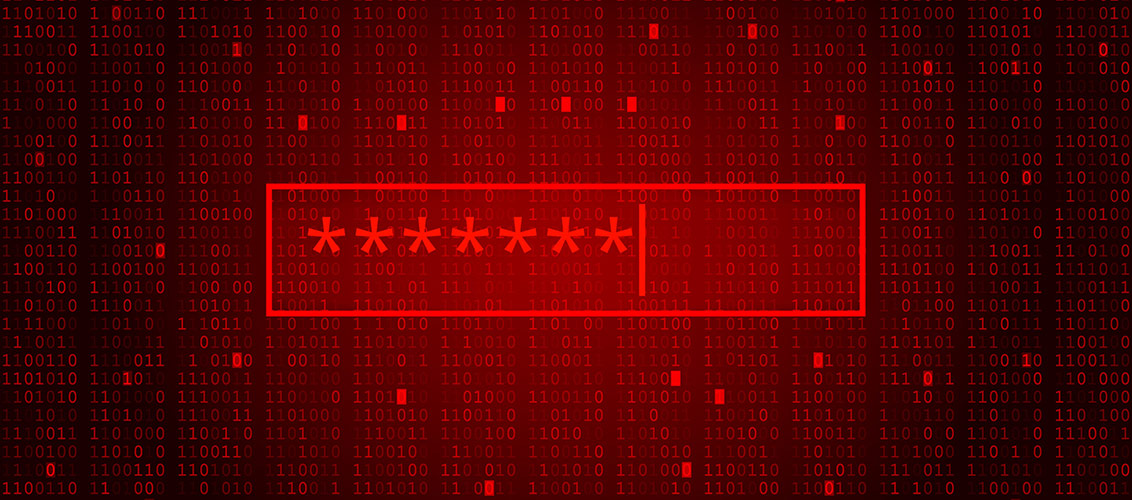
Warnings (& Lessons) of the 2013 Target Data Breach
The Target data breach was one of the biggest security breaches in history. Target was required to pay an $18.5 million settlement after hackers stole 40 million credit and debit records. But as with many unprecedented security attacks, Target’s data breach came with both warnings and lessons — which are still valid today.
What Led to the 2013 Target Data Breach and Why It Matters
Before diving deeper into the timeline and impact, it’s important to understand why the 2013 Target data breach still gets referenced today. As a Fortune 500 retailer with more than 1,800 stores and a robust digital presence, Target Corporation’s data infrastructure was both extensive and complex. Yet, despite its size and resources, the company became the victim of one of the most infamous breaches in cybersecurity history — a stark reminder that no organization is immune.
The Target security breach not only exposed sensitive information but also underscored how cybercriminals were evolving — targeting retail giants during high-traffic shopping seasons and exploiting supply chain vulnerabilities. These tactics would go on to influence major cybersecurity shifts across all industries in the years since.
What Happened During the Target Data Breach 2013?
During the Target breach, cybercriminals were able to steal 40 million credit and debit records and 70 million customer records. This occurred during the holiday season in 2013. While it wasn’t the single largest security breach in history, it was one of the largest. And because there had been many other high-profile data breaches just before, customers were particularly wary.
Target’s data breach highlights one of the major issues that occur after a breach. It isn’t just security disruption, and it isn’t just the cost of the settlement: It’s that customers no longer had faith in their security. After the data breach, customers were worried that their data would be leaked, and so they were hesitant to buy from Target. Similar things have happened to other victims of high-profile data breaches, like Sony PlayStation.
Like many breaches, the attack was focused on Target, but it didn’t go directly through Target’s systems. Rather, the compromise started with a third-party vendor. Third parties are most commonly compromised because they typically aren’t as well-secured. Companies need to keep in mind that all their third-party vendors have to be just as secure as their own system is. Cybersecurity is always a weakest link proposition.
The vector of the Target data breach was one of the corporate giant’s HVAC vendors, Fazio Mechanical Services. Hackers obtained credentials used by the vendor to access a Target web application.
Once inside, attackers moved laterally through the network, eventually planting malware on cash registers across the country. This technique of exploiting a “trusted” vendor connection is a case study in why zero-trust architecture is now a foundational part of modern cybersecurity frameworks.
As a case study, the Target data breach of 2013 continues to be cited in security conferences and university courses as a critical lesson in third-party risk management.
A Detailed Timeline of the 2013 Target Data Breach Incident
The Target cyber attack occurred in November and December of 2013, during the height of the holiday shopping season. Cybercriminals first infiltrated the network around November 15. Malware was deployed to point-of-sale systems by November 27, just before Black Friday. The breach went undetected until mid-December, when Target’s internal teams were alerted to suspicious activity.
The company officially announced the breach on December 19, 2013, confirming that 40 million credit and debit card numbers were stolen. Later, in early January, Target disclosed that an additional 70 million customers had their personal information — names, phone numbers, and email addresses — compromised.
This timeline illustrates just how quickly a cyber breach can escalate. Within a matter of weeks, attackers had exfiltrated millions of records, damaging both the brand and consumer trust.
What Data Was Compromised in the Target Breach?
A wide range of sensitive information was exposed during the Target credit card breach. This included:
- Credit and debit card numbers
- Card expiration dates and CVV codes
- Customer names, phone numbers, mailing addresses, and emails
This combination of data made customers vulnerable not only to fraudulent transactions but also to targeted phishing scams and identity theft.
How Did Target Handle the Data Breach?
Target handled the data breach very well, all things considered. It was able to notify customers about twenty days after the breach occurred, but only four days after they noticed it. In the wide spectrum of data breaches, this is very fast. The issue is that the data breach occurred at all. Target could, and should, have been more cautious about its third-party solutions — and there were internal issues that needed to be resolved.
Following the data breach, Target did issue more secure chip-and-pin cards. They discovered that chips alone weren’t enough to secure many of the cards that had been compromised, although consumers learned a lesson, too — credit cards are much more secure than debit cards. With credit cards, it’s easier to overturn a transaction, and a fake transaction doesn’t leave you without money.
A “Chip and pin” card is inherently more secure because it means that someone with just a name, card number, and address usually can’t perform transactions. But that wasn’t an all-around solution. Enough data had been stolen that consumer identities could potentially be compromised, regardless if the debit and credit cards were secured. And identity theft can be a much bigger problem than a single compromised card.
The full set of cybersecurity reforms Target put in place after the 2013 Target data breach includes:
- Accelerating the adoption of EMV (chip-and-pin) technology
- Hiring a new Chief Information Security Officer (CISO)
- Creating a centralized Cyber Fusion Center for 24/7 monitoring
- Implementing stronger segmentation between vendor systems and internal networks
These efforts helped restore trust and became a roadmap for other enterprises looking to fortify their defenses post-breach.
What Could Target Have Done Better?
Target had provided a portal through which third-party vendors like Fazio could access data. Unfortunately, a compromise to this third-party solution made it possible to jump into Target’s own network. If Target had properly segregated its network, it would have been much harder for a cyber-attack of this magnitude to have occurred.
But realistically, networks are large. Target could have prevented this data breach, but cybercriminals are everywhere and they are persistent. Many companies aren’t just improving their security and closing their gaps but are also investing in cybercrime insurance. This protects them in the event that a data breach does occur.
The Ultimate Cost of the Target Data Breach
The estimated cost of Target data breach goes well beyond the $18 million settlement. In fact, it’s estimated the company lost over $200 million. Retail data breaches are extraordinarily expensive, but no industry is safe.
Following the holiday season, customers were wary, and news of the data breach swiftly spread. Reportedly, earnings fell 46% for Target following the attack, with far fewer households shopping at Target after the breach. Target had to do work to restore its public reputation.
Key Lessons from the Target Data Breach 2013
There are several critical takeaways for any business leader or IT team:
- Third-party access should be restricted and constantly monitored.
- Early detection and response can significantly reduce damage.
- Consumer trust is fragile — communication must be timely and transparent.
- Cybersecurity is a business risk, not just a technical one.
The Target 2013 data breach details show that even when an organization does many things right, one weak point in the chain can lead to disaster.
And that brings us to another lesson learned. Companies should have a disaster preparedness plan regarding security breaches. There should be a strategy in place for companies to restore customer faith and loyalty in the event that the worst occurs. And there should be proactive solutions if a data breach occurs. An MSP can help an organization create this type of plan. Red River helps organizations build resilient cybersecurity strategies and response plans tailored to their specific risk landscape, ensuring they’re prepared before threats arise.
It’s always better to be proactive about your security. Do you think you’re ready to defend against a security breach? With a security audit, you’ll know whether there are gaps in your system to shore up — and what you can do to improve your defenses. Contact us today to find out more.
Target Data Breach 2013 FAQs

written by
Corrin Jones
Corrin Jones is the Director of Digital Demand Generation. With over ten years of experience, she specializes in creating content and executing campaigns to drive growth and revenue. Connect with Corrin on LinkedIn.




